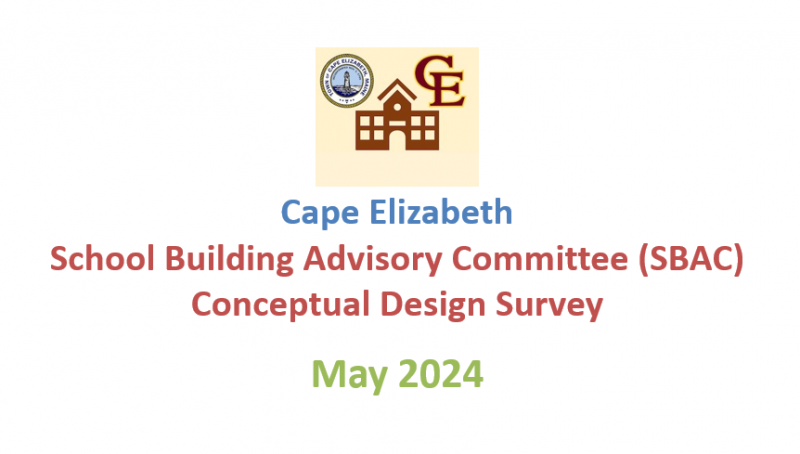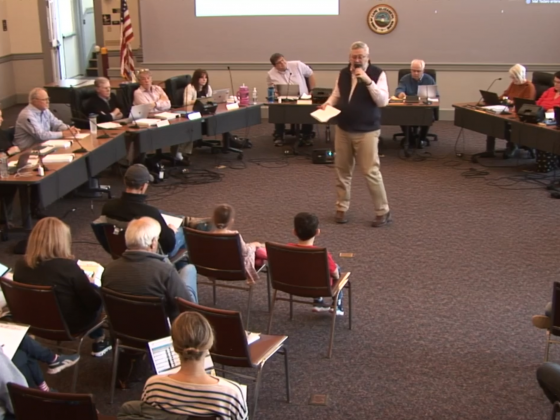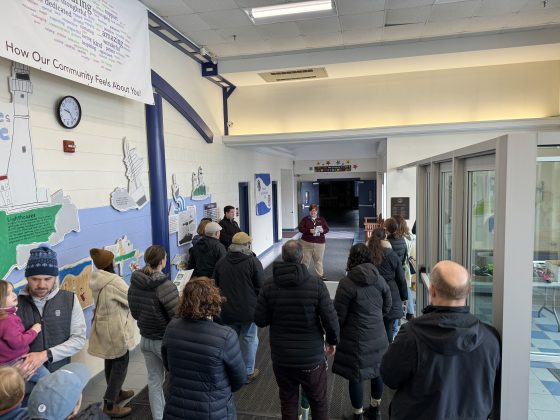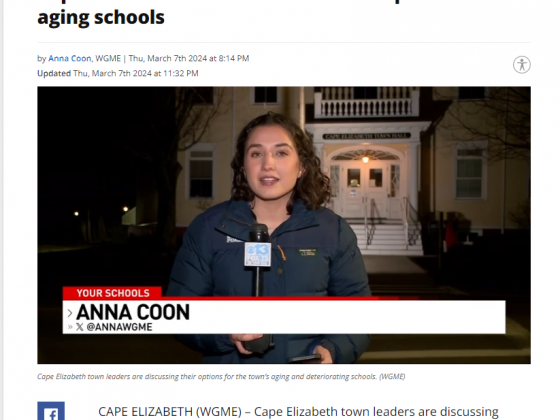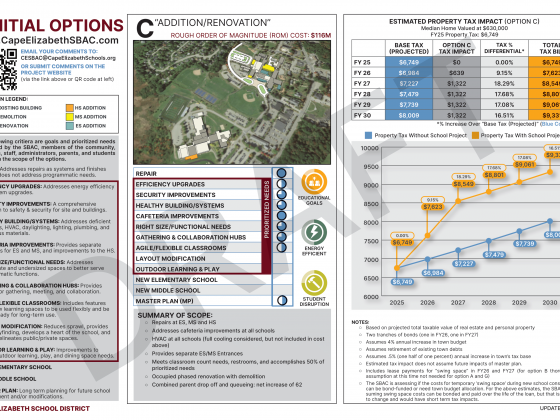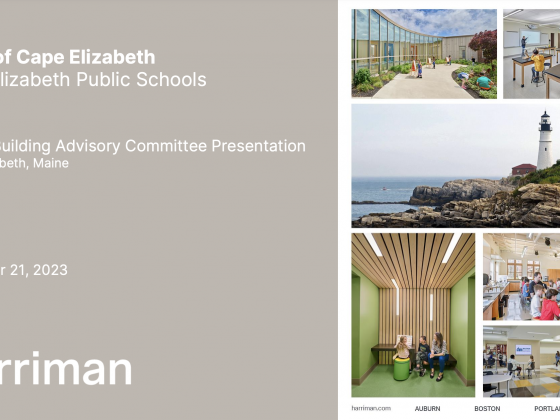In April 2024, the Portland Research Group conducted a comprehensive town-wide survey to gauge the opinions of Cape Elizabeth residents regarding conceptual designs for new school buildings. The survey, commissioned by the Cape Elizabeth School Building Advisory Committee (SBAC), sought to understand voter preferences among three proposed designs, identify potential improvements, and assess residents’ engagement with SBAC information.
Objectives of the Survey
The primary goals were to:
- Determine residents’ preferences among three conceptual school building designs.
- Identify the most favored conceptual design and understand why it was preferred.
- Measure the importance of potential project outcomes to Cape Elizabeth voters.
- Evaluate residents’ awareness of and engagement with SBAC information.
- Understand the influence of recent property tax revaluation on project opinions.
Survey Methodology
- Data Collection: April 14 – April 22, 2024.
- Distribution: Survey packets were mailed to 3,983 Cape Elizabeth property owners and renters, and were available at Town Hall.
- Response Rate: The survey garnered 1,077 responses, achieving a response rate of 14.7%.
- Demographic Breakdown:
- Age groups: 18-44 (22.5%), 45-64 (36.6%), 65+ (36.3%).
- Income levels: <$100k (19.7%), $100k-$200k (27.5%), $200k+ (27.4%).
- Impressions of Each Design
Impressions of Each Design
Design E:
Positive Impressions: Supported due to the provision for building a new middle school and being considered the best long-term solution.
Negative Impressions: Some respondents found it too expensive and felt that it was excessive for the town’s needs.
Design B:
Positive Impressions: Considered by many to be the most cost-effective solution and able to address most of the current issues.
Negative Impressions: Criticized for not fully addressing all the current needs and concerns about future renovation requirements.
Design C:
Positive Impressions: Praised for addressing most issues and being a balanced design.
Negative Impressions: Seen as insufficient in solving all the current needs and expensive given the scale of renovation required.
The full report is linked here below:
